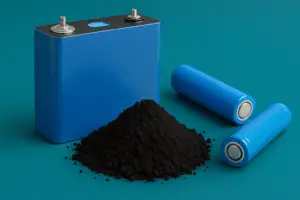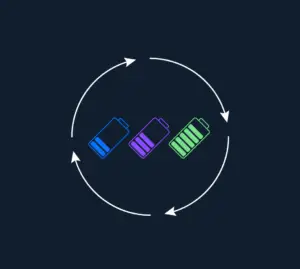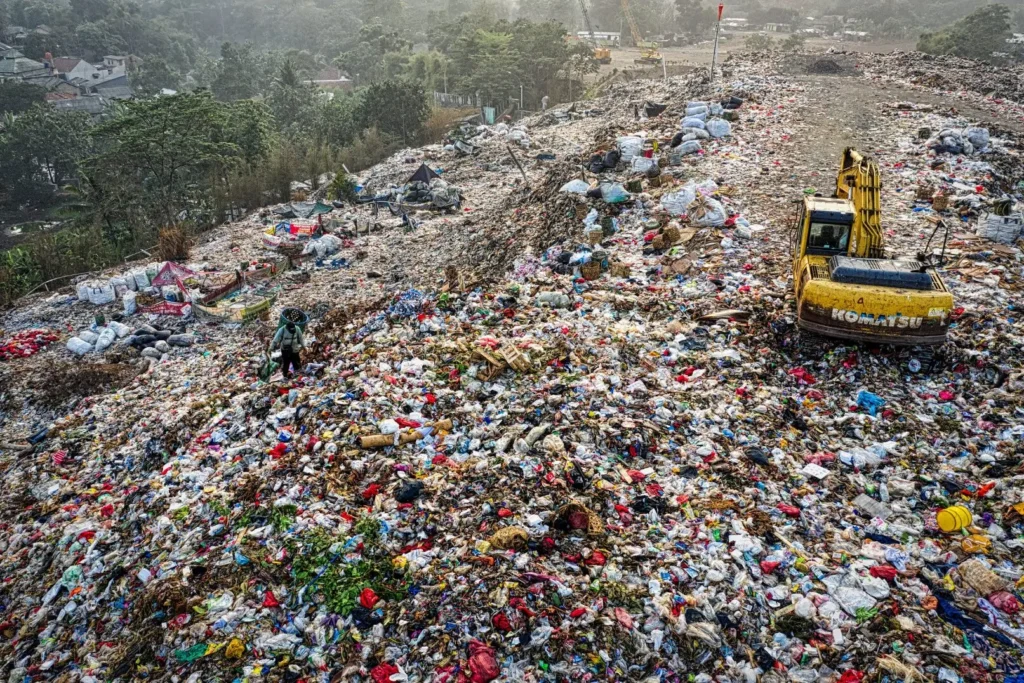We know about lithium-ion batteries and their flammability risks. Over the last two years we’ve seen incidents including electric vehicles spontaneously combusting to energy storage systems burning for days on end. But here at Alsym we’ve been noticing another particular situation where lithium-ion batteries are causing problems: landfills. It seems every other day we’re hearing about a lithium-ion battery that started a fire in a landfill, waste processing plant, or a bin lorry. So what gives?
Lithium-metal primary batteries are in everything from light-up shoes to birthday cards nowadays, and lithium-ion rechargeable batteries are found in millions of low cost (and often low quality) consumer electronics. It’s not surprising that these things eventually get tossed out in the trash, especially considering there are few good options for disposal of devices with built-in batteries. At certain times of the year, like after Christmas for example, the number of lithium-ion batteries in the waste system is especially high because everyone’s old battery-powered devices get thrown out with regular household waste.
Lithium-ion batteries are inherently flammable but don’t normally go into thermal runaway and combust unless they’re damaged or exposed to high heat. Unfortunately, a li-ion battery may very well undergo all three of those external forces in the waste system. The waste management process is highly mechanized and includes machines that crush and consolidate waste, all inhospitable to li-ion batteries which can be damaged easily. When damaged, batteries can start fires by igniting the surrounding trash and recyclables.
For the lithium-ion batteries that make it all the way through the waste process, landfills are often the final destination. The EPA reports in their 2021 battery fire analysis that landfills have a few unique characteristics that lead to an increased risk of battery fires. When trucks or compaction equipment drive through active landfill cells, batteries may be crushed under their wheels and ignite the surrounding waste. Batteries may also be exposed to direct sunlight before the landfill cover is applied, which can elevate internal temperatures to where a fire can be ignited. As garbage decomposes in landfills, temperatures in piles can rise to 250°F, a sufficient flashpoint to begin evaporating electrolyte and trigger thermal runaway in lithium batteries, which can start—you guessed it—a fire.
It’s also worth mentioning that awareness of the hazard has reached a point where tracking of fires stemming from lithium-ion batteries is becoming more standardized – increasing the amount of battery fires we’re hearing about. Before battery fires were not categorized as distinct “battery fires”. The EPA report found 245 battery fires from 64 waste facilities occurred between 2013 and 2020 but made clear that the true number of fire incidents is probably much higher because of how many incidents are not made public.
Beyond nuanced tracking, waste service providers have been forced to be more proactive in educating the public and operators of the dangers of lithium-ion batteries in the waste system. Awareness campaigns encouraging consumers to recycle batteries responsibly have become fairly commonplace. A couple of measures going into place at facilities are establishing emergency action plans and scheduling regular practice runs, reasoning that the more practice a facility has with lithium battery fires, the more effective the response will be. Operators are also implementing infrared cameras and other surveillance tools to remain vigilant for any signs of smoke and fire during the operation day. So all that being said, even lithium-ion batteries reaching end of life still pose a major hazard to our waste facilities and waste system at large. With the current wave of lithium-ion adoption going on now, it’s more likely than not that we’ll see a significant rise in fires as those batteries hit their expiration date, especially now that authorities are making a point to track them better.




